GPCR/G protein

All GPCRs share a common seven trans-membrane structure. GPCRs are associated with heterotrimeric G-proteins which are GTP-binding proteins made of alpha, beta, and gamma subunits. When a ligand binds to GPCR, it activates the attached G-protein, the GDP is replaced with GTP. The activated G-protein then dissociates into an alpha and a beta-gamma complex which activates downstream signaling pathways. These intracellular signaling pathways include cAMP/PKA, calcium/NFAT, phospholipase C, protein tyrosine kinases, MAP kinases, PI-3-kinase, nitric oxide/cGMP, Rho, and JAK/STAT.
GPCRs are one of the most important therapeutic targets for various diseases, over 30% of all modern medicinal drugs target this family. Aberrant GPCR functions are involved in pathological conditions such as neurological, immunological and hormonal disorders. A large number of GPCRs have been identified, but whose ligands are not known, are classified as orphan receptors.
-
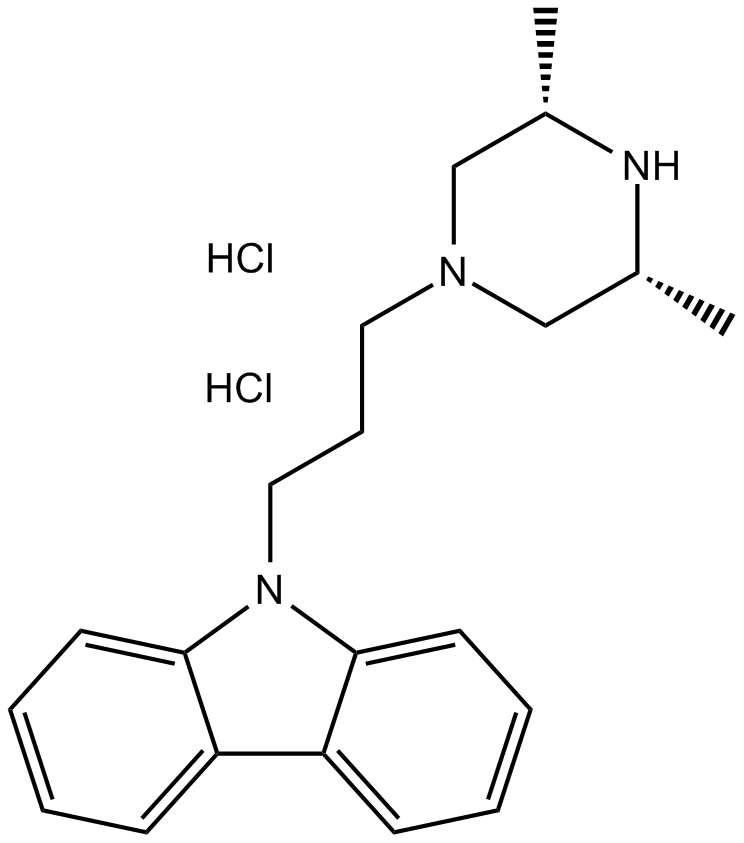 B6765 Rimcazole dihydrochlorideTarget: Sigma ReceptorsSummary: σ receptors antagonist
B6765 Rimcazole dihydrochlorideTarget: Sigma ReceptorsSummary: σ receptors antagonist -
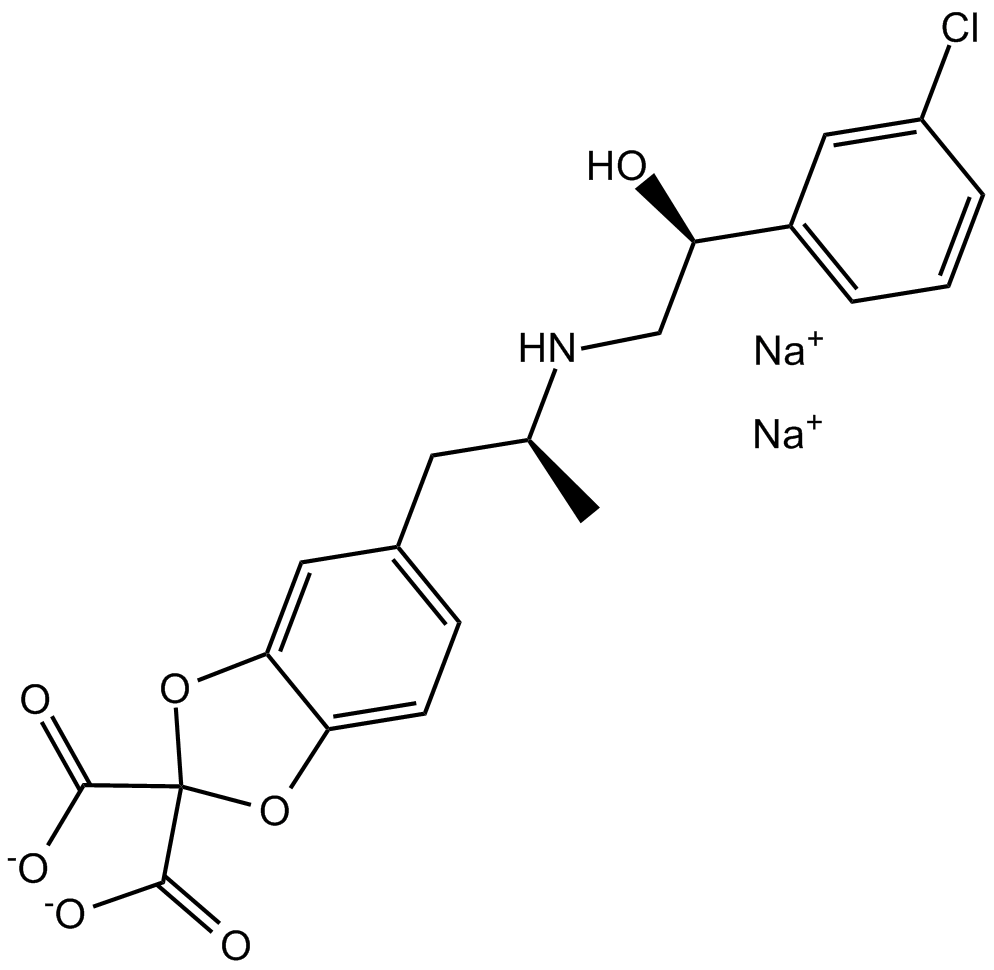 B6766 CL 316243 disodium saltSummary: murine-selective β3 adrenoceptor agonist
B6766 CL 316243 disodium saltSummary: murine-selective β3 adrenoceptor agonist -
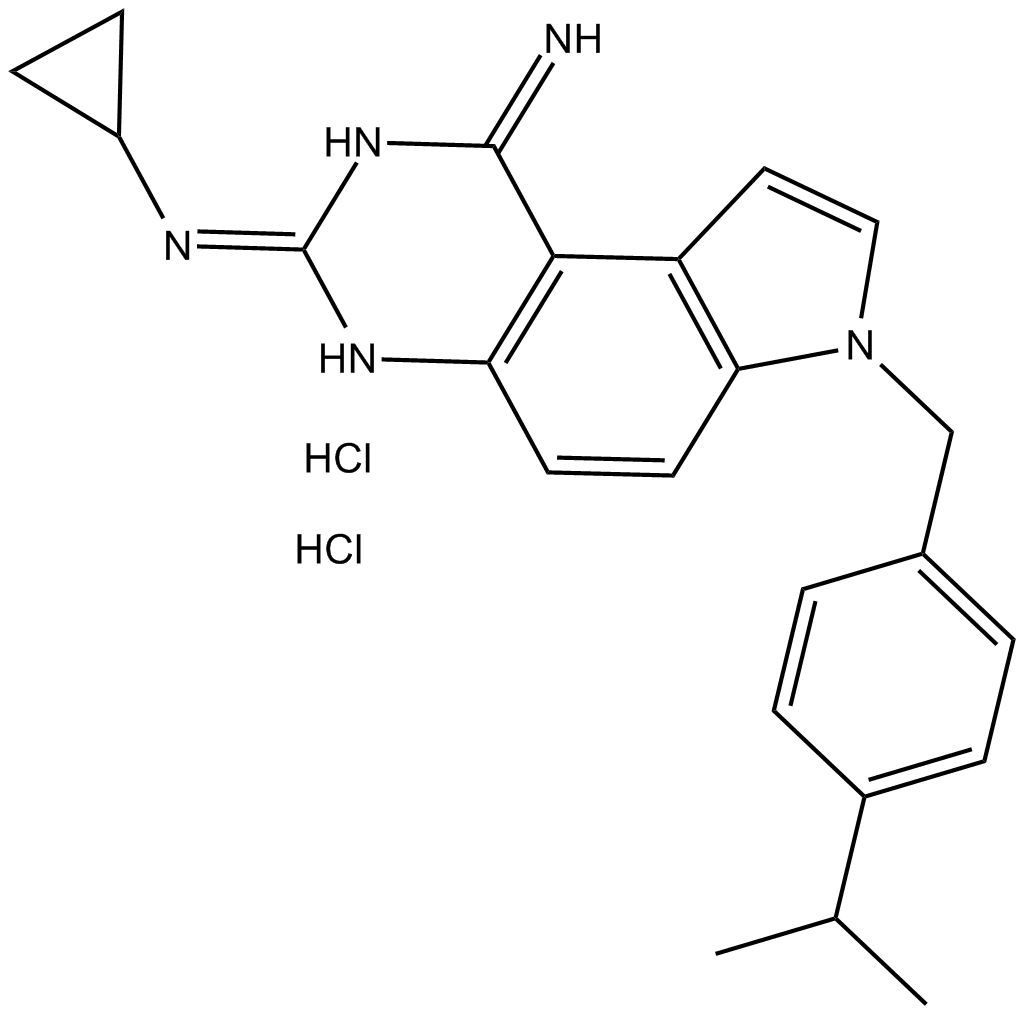 B6801 SCH 79797 dihydrochlorideTarget: PARsSummary: PAR1 receptor antagonist
B6801 SCH 79797 dihydrochlorideTarget: PARsSummary: PAR1 receptor antagonist -
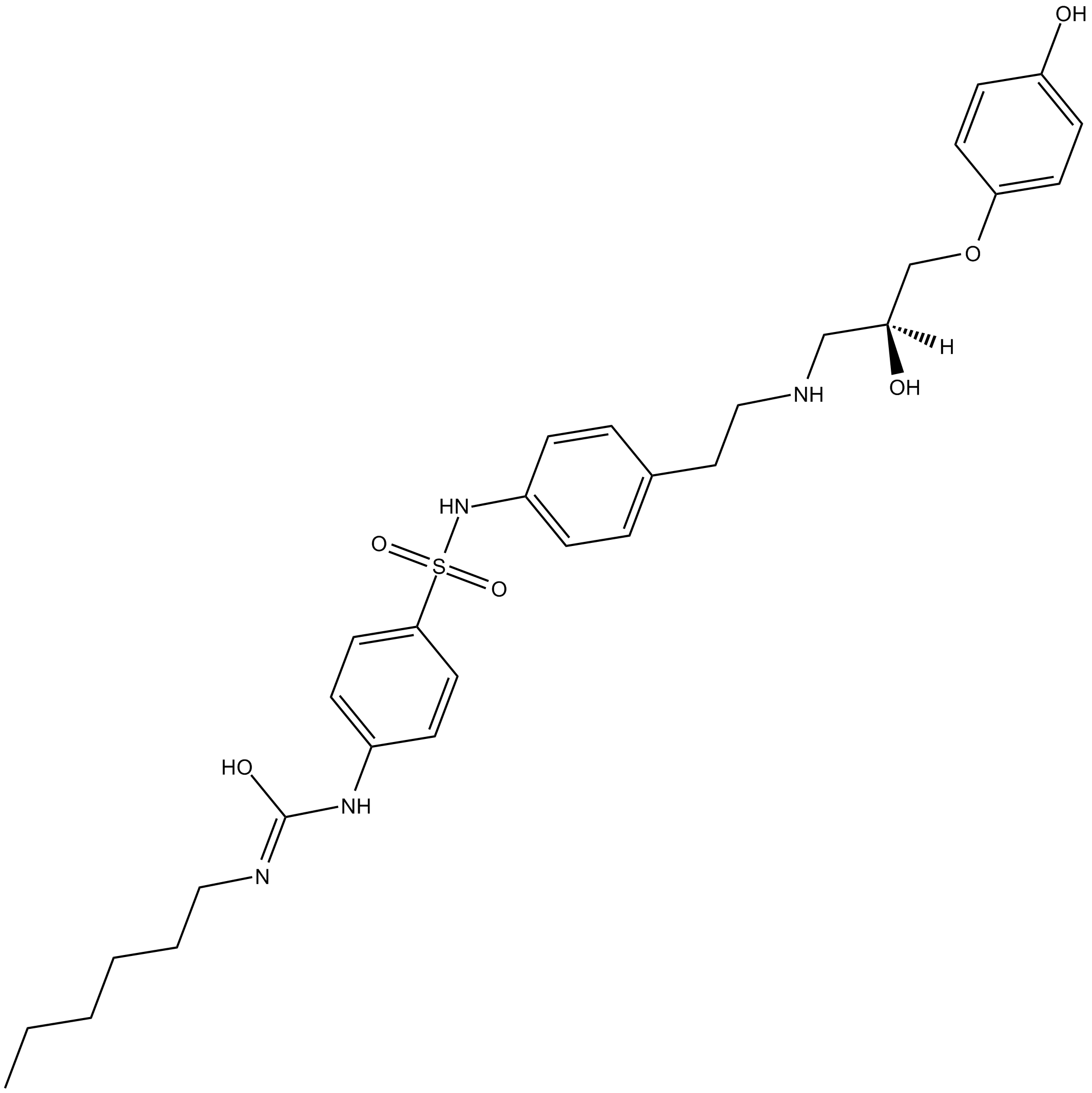 B6970 L-755,507Summary: β3 adrenergic receptor agonist
B6970 L-755,507Summary: β3 adrenergic receptor agonist -
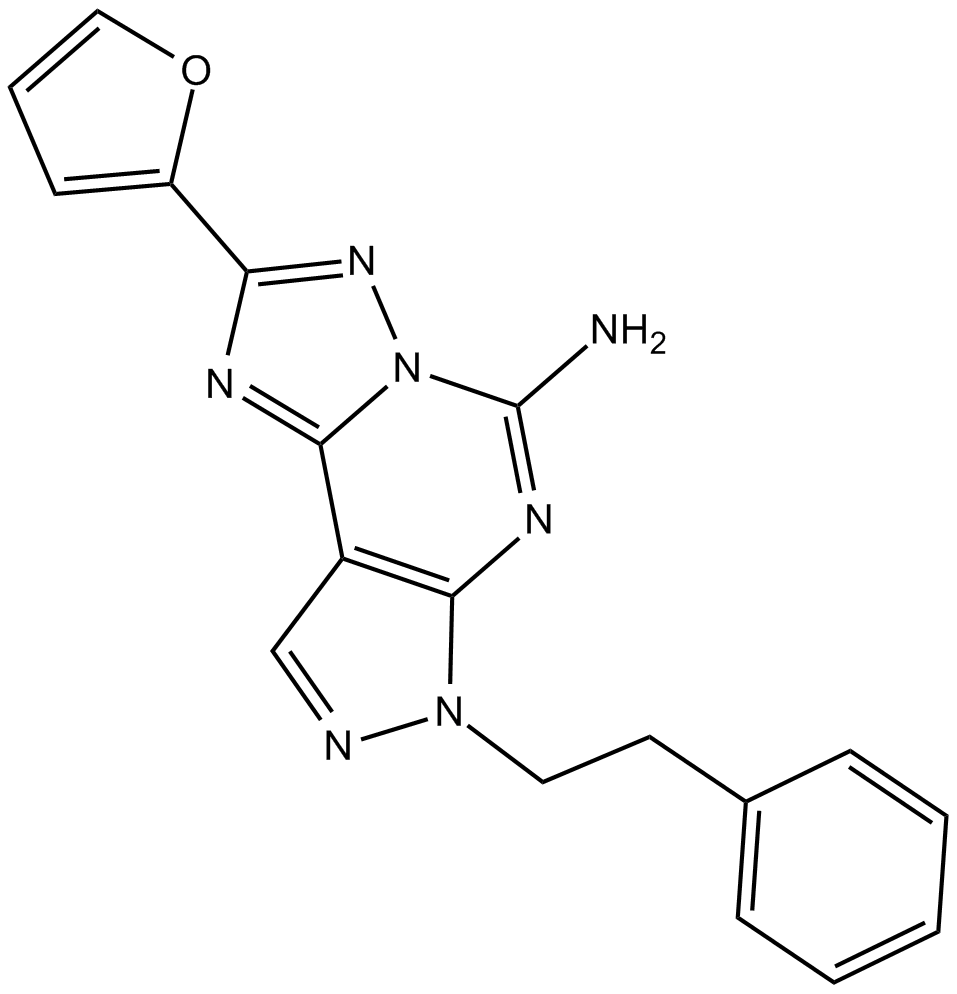 B6995 SCH 58261Target: Adenosine A2A ReceptorsSummary: A2A adenosine receptor competitive antagonist
B6995 SCH 58261Target: Adenosine A2A ReceptorsSummary: A2A adenosine receptor competitive antagonist -
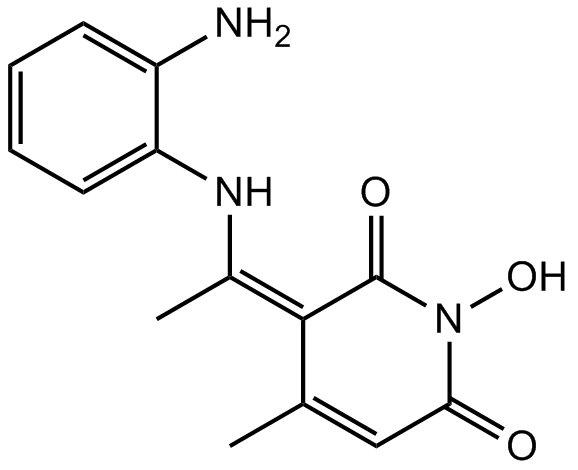 B7101 SUN-B 8155Target: Calcitonin and Related ReceptorsSummary: calcitonin (CT) receptor agonist
B7101 SUN-B 8155Target: Calcitonin and Related ReceptorsSummary: calcitonin (CT) receptor agonist -
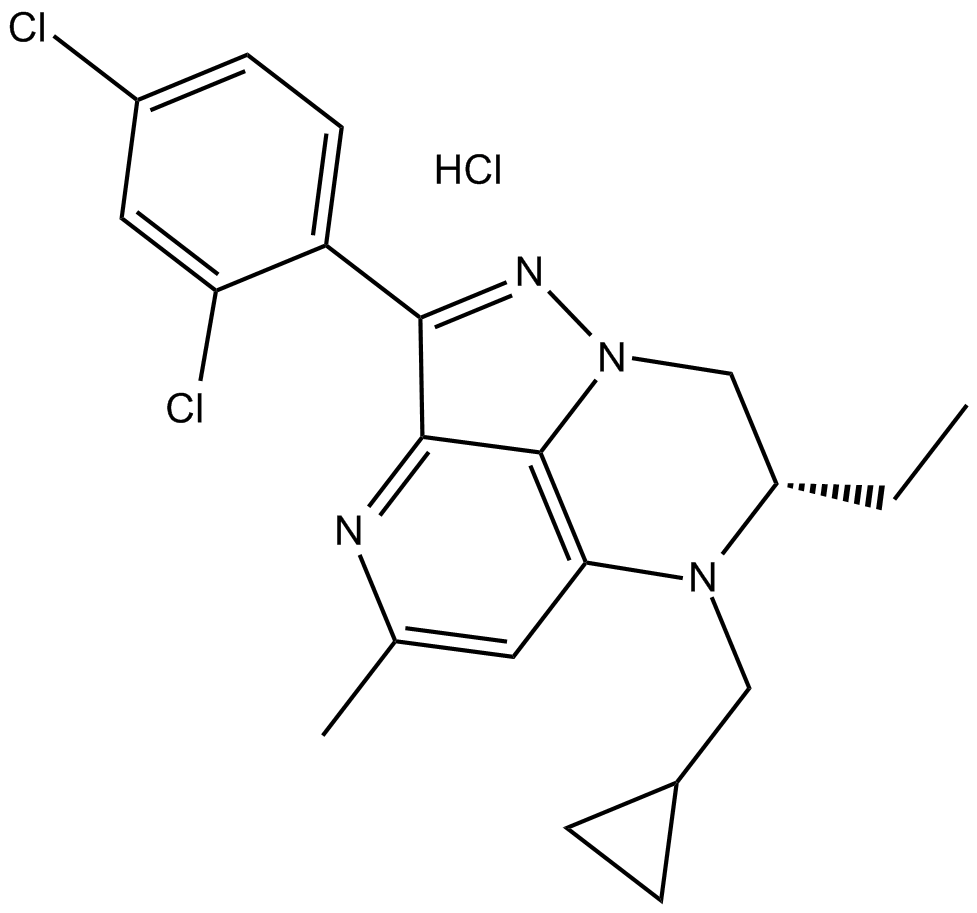 B7275 NBI 35965 hydrochlorideTarget: CRF1 ReceptorsSummary: CRF1 antagonist
B7275 NBI 35965 hydrochlorideTarget: CRF1 ReceptorsSummary: CRF1 antagonist -
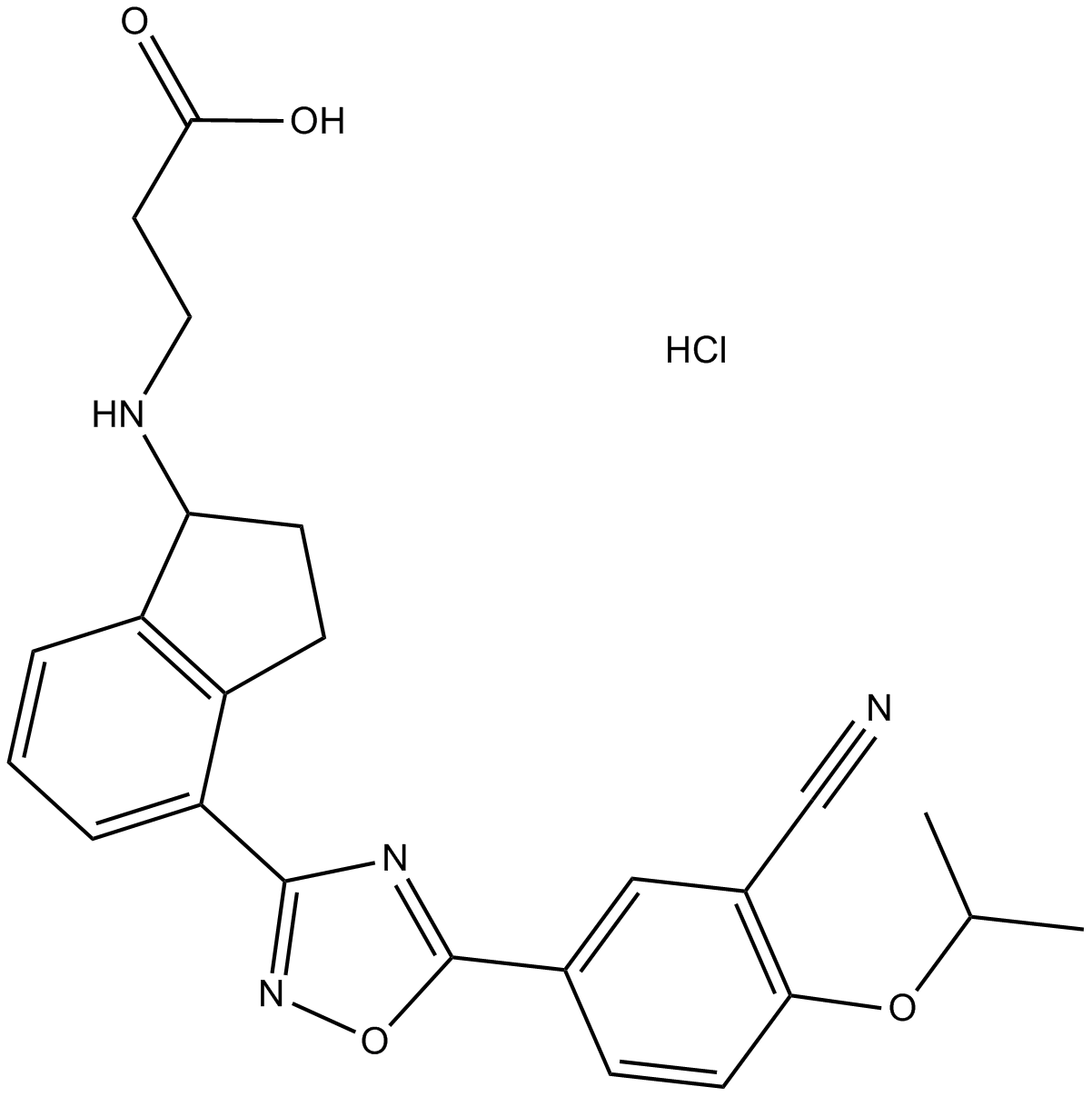 B7634 RP 001 hydrochlorideTarget: S1P receptorsSummary: S1P1 receptor agonist
B7634 RP 001 hydrochlorideTarget: S1P receptorsSummary: S1P1 receptor agonist -
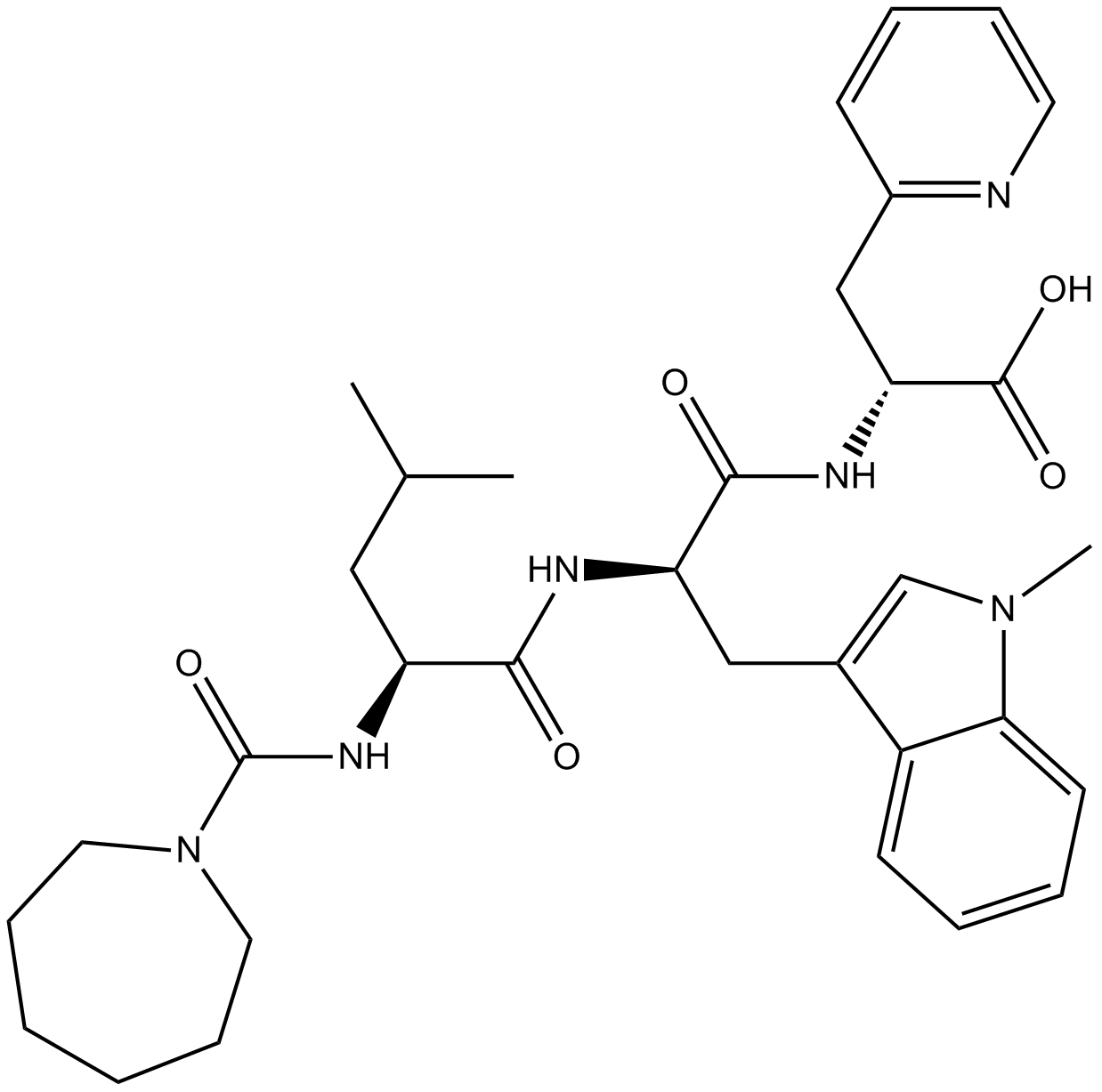 B5082 FR 139317Target: endothelin receptorSummary: highly potent and selective ETA endothelin receptor antagonist
B5082 FR 139317Target: endothelin receptorSummary: highly potent and selective ETA endothelin receptor antagonist -
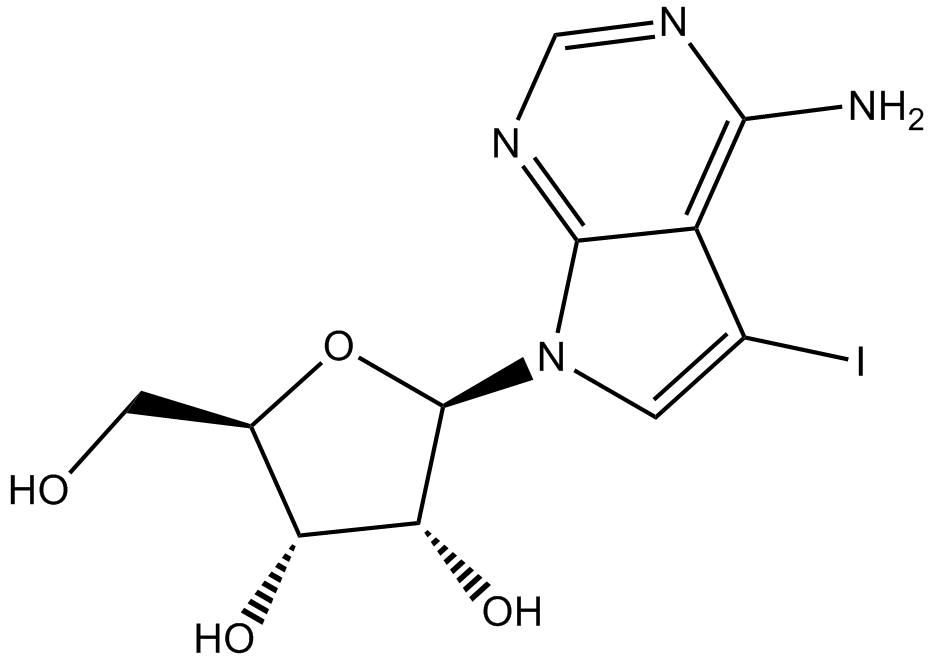 A3125 5-IodotubercidinTarget: Adenosine KinasesSummary: Adenosine kinase inhibitor,potent
A3125 5-IodotubercidinTarget: Adenosine KinasesSummary: Adenosine kinase inhibitor,potent

